A Portal Through Time
Winter 2022-2023
Sutro Tunnel is a Western icon.
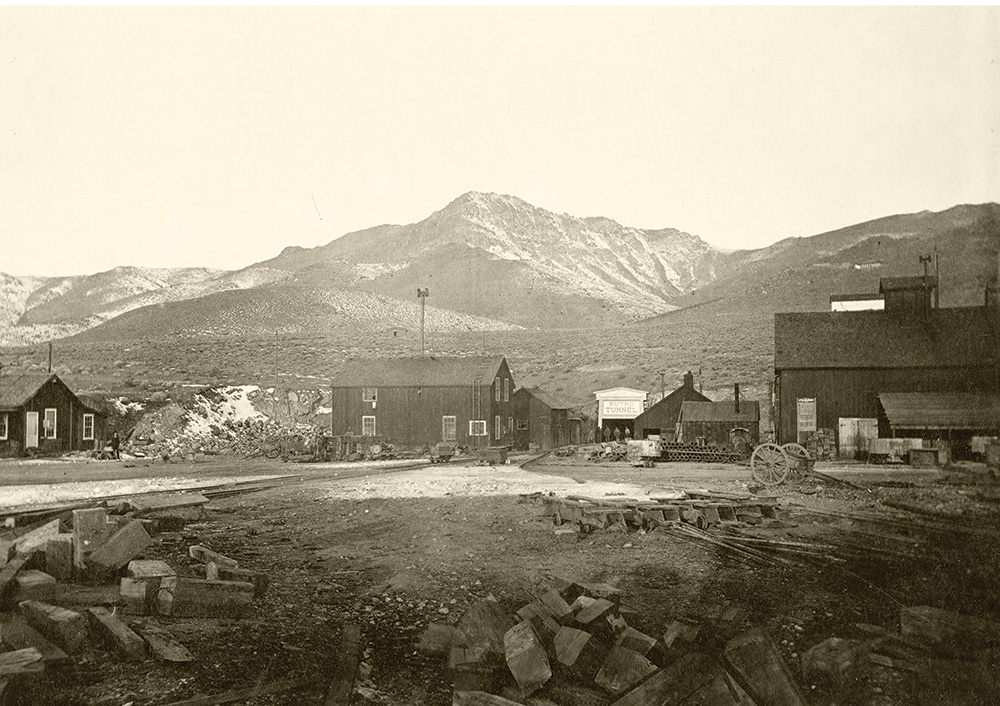
BY TAMI FORCE
Some structures are immediately identifiable: The Eiffel Tower, Westminster Abby, and the Space Needle among them. For Nevada ghost town enthusiasts and historians, it’s the façade to the Sutro Tunnel.
The tunnel and adjacent ghost town were closed to visitors for decades, yet the portal remained as a reminder of Comstock Lode and Nevada history. In 2021, Friends of Sutro Tunnel acquired the 150-year-old property, and today, visitors are invited to wander back in time to explore this historic site.
THE WATER CURSE
Water is crucial in ore processing, and mines often go to extensive lengths to secure access to it. Water below the earth is another story: mine shafts can fill with water, making them inaccessible to miners.
At The Comstock Lode near Virginia City—the richest silver strike in U.S. history—pumps could alleviate some of the flooding, but they often could not keep up with the rate of flow.
In 1860, Prussian engineer Adolph Sutro proposed a new solution. Instead of pumping water to the surface, a giant tunnel could not only drain water out of the mines, but also allow for ventilation and transportation of ore and supplies.
Sutro’s miles-long tunnel would be blasted straight through the mountainside. When completed, it would connect the mines of Virginia City and Gold Hill to Dayton and the Carson River.
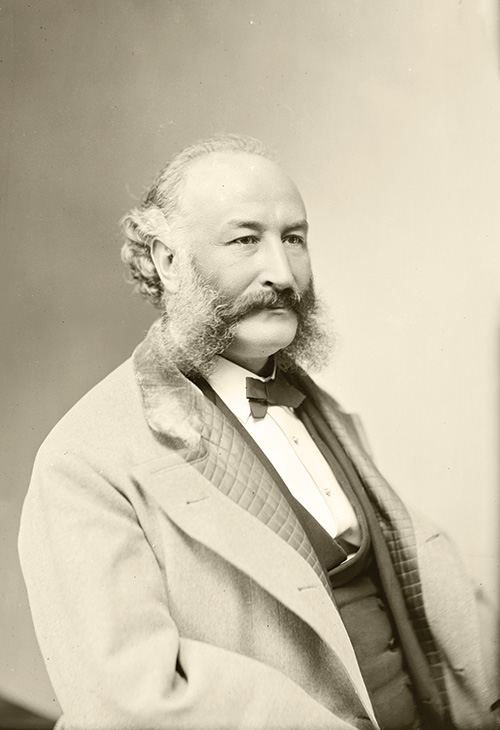
Sutro fought an uphill battle to finance the tunnel. He won legislative approval for it in 1865; however, mining companies wavered in their support of the project, fearing it would compete with their monopoly. Regardless, Sutro tirelessly promoted the tunnel in America and Europe and raised funds for construction.
YELLOW JACKET FIRE
The Yellow Jacket Mine fire on April 7, 1869, was one of the worst mining disasters in Nevada history. The fire—ignited by an unattended lamp—broke out 800 feet below the surface, filling the mine with poisonous gasses. As the unsuspecting day crew was lowered into the mine, timbers smoldered and collapsed.
Firefighters attempted to rescue miners and extinguish the fire but were pushed back by heat and flames. The few survivors described the horrendous scene of miners fighting to survive. More than 35 people died, and 11 bodies were never recovered.
Had the Sutro Tunnel been available, miners may have been able to escape to safety. Companies and fraternal organizations looking for safer conditions in the mines provided additional funding for Sutro’s tunnel.
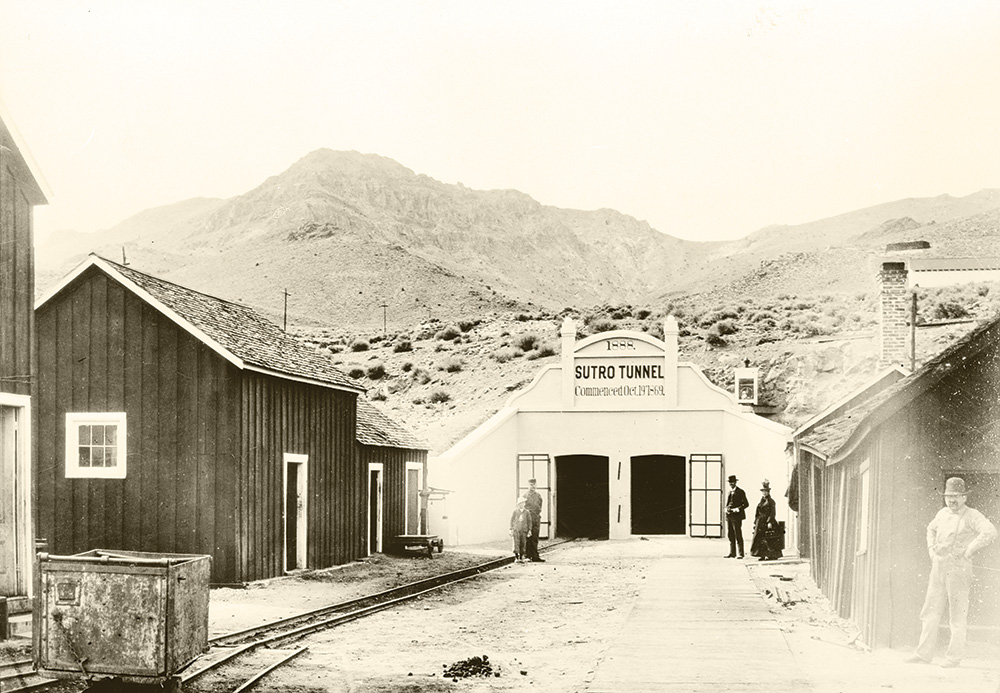
SUTRO’S LEGACY
After almost nine years of construction, the nearly-4-mile-long Sutro Tunnel was completed on Oct. 19, 1869. In 1888, the portal’s classic Greek design was changed to a modern Spanish style: constructed brick overlaid with plaster. Heavy metal doors covered two openings, the left side for rail cars and the right for water drainage.
Sutro moved to San Francisco following completion of the tunnel, and his brother Theodore continued to supervise operations. By 1887, the Sutro Tunnel Company profited $773,367—$25.5 million today—and the tunnel was draining nearly 3.5 million gallons of water a day.
The Sutro Tunnel continued to operate for 65 years, draining water and transporting ore from Comstock mines. With the onset of WWII, non-essential operations were discontinued, including mines. Sutro Tunnel was closed in 1943, and equipment was repurposed to support the war effort.
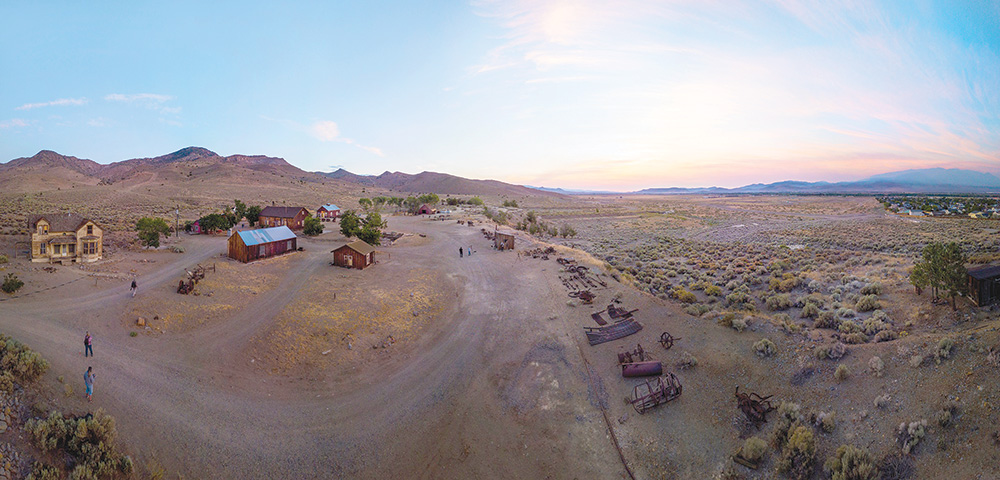
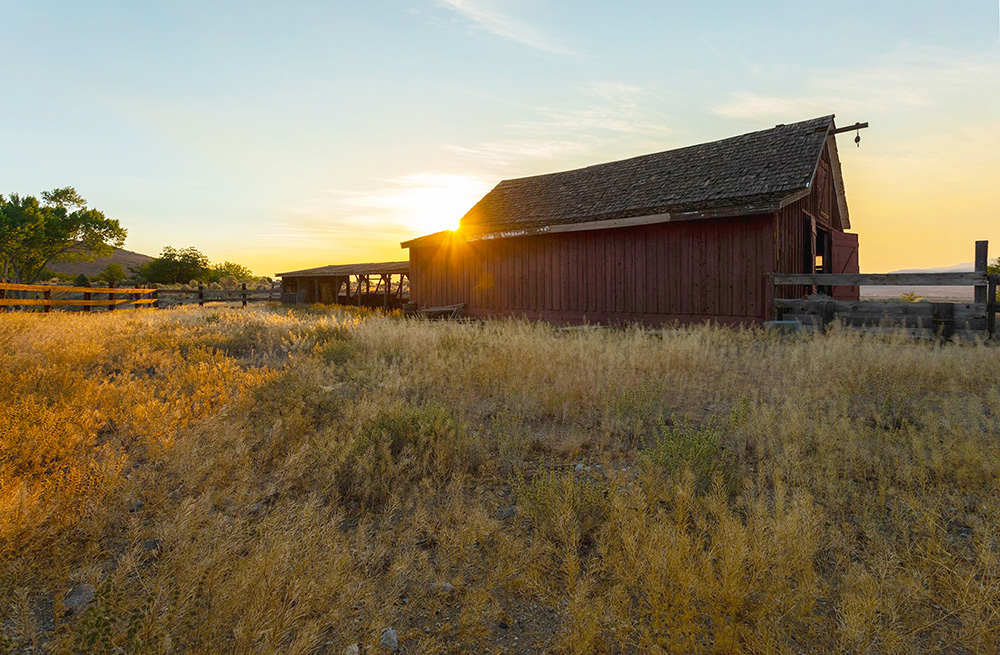
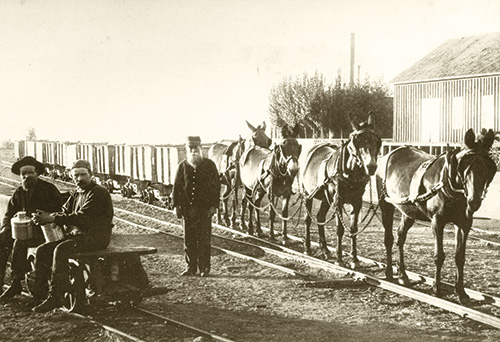
Over the decades, the once-beautiful face of the Sutro Tunnel deteriorated. Plaster covering fell, exposing the bricks to the elements. Trees grew around the portal, their roots further degrading the structural integrity.
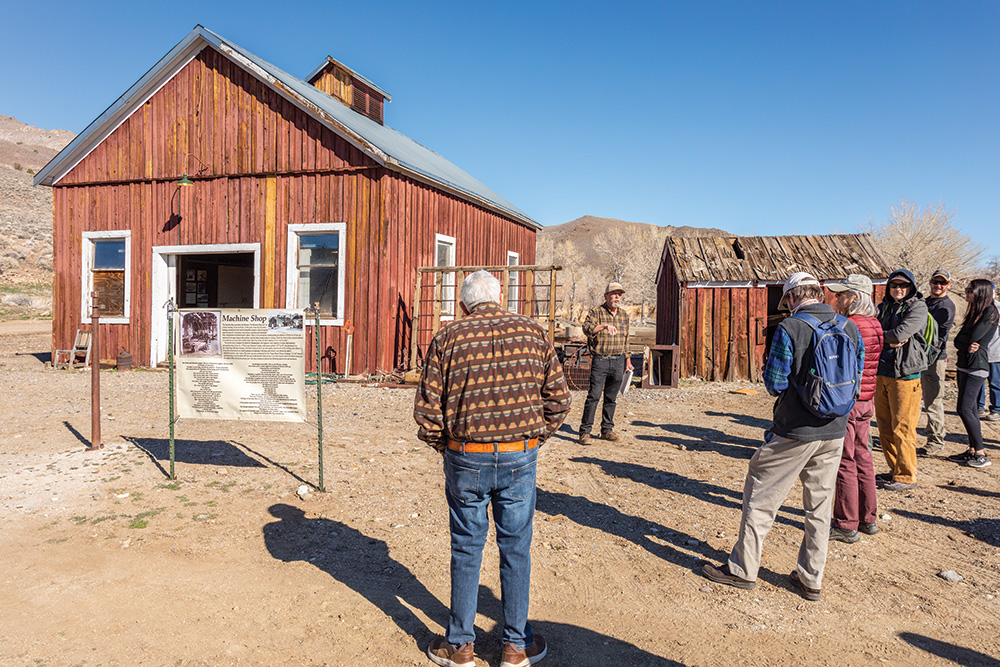
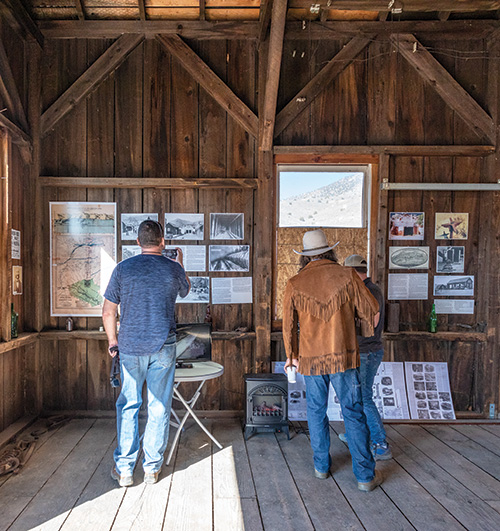
In 2016 volunteers began restoring and preserving the Sutro Tunnel. In 2001, the tunnel portal and adjacent 28 acres were donated to the nonprofit Friends of Sutro Tunnel. They have been working tirelessly to restore this amazing piece of Nevada history, and because of their efforts, the site can be explored and toured today.
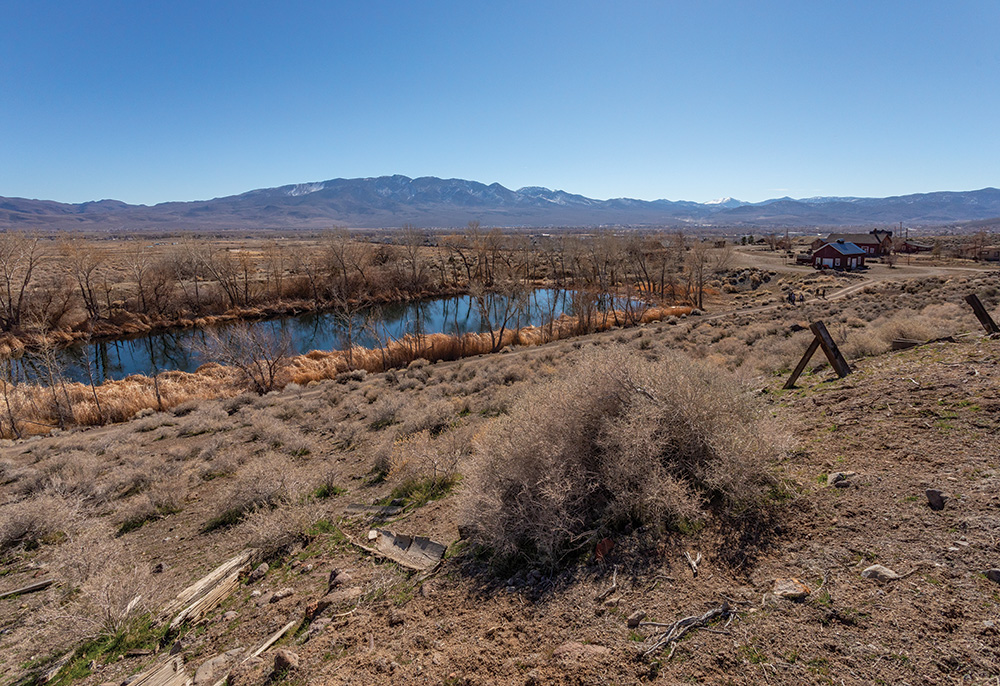
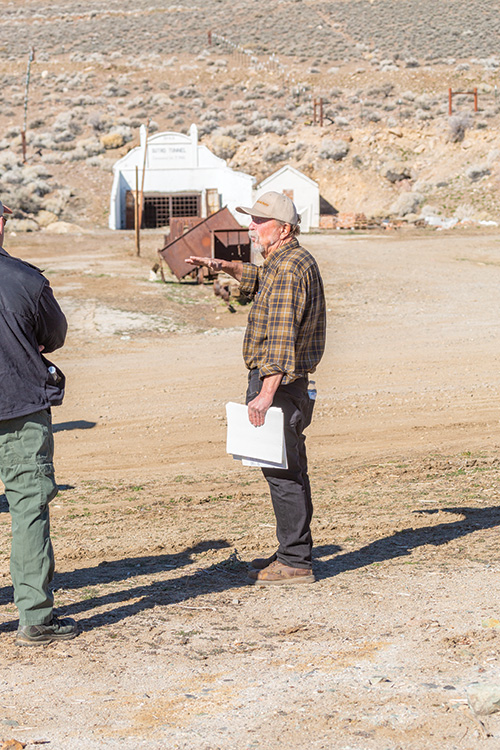
A visit to Sutro goes beyond the tunnel itself. It is a ghost town—also named Sutro—with many remaining structures and plenty of stories of the people who made it all happen.


